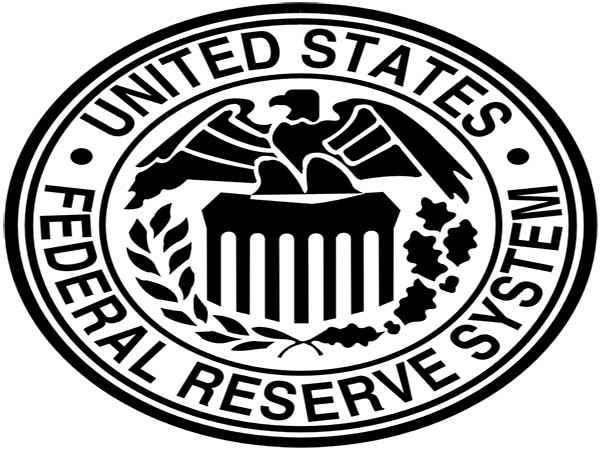New York [US], March 21: U.S. stocks declined in the week as investors digested a key policy decision from the Federal Reserve while cautiously eyeing a surge in government-bond yields.
For the week ending Friday, the Dow fell 0.5 percent, while the S&P 500 and the Nasdaq both slid 0.8 percent.
The S&P U.S. Listed China 50 index, which is designed to track the performance of the 50 largest Chinese companies listed on U.S. exchanges by total market cap, logged a weekly drop of 2.1 percent.
Bond yields remained a focus on Wall Street this week. Yields continued their climb as traders seem to be pricing in stronger inflation.
The yield on the benchmark 10-year U.S. treasury, a crude proxy for inflation expectations, topped 1.7 percent on Thursday, its highest level since January of 2020, while the 30-year yield briefly jumped above 2.5 percent.
On Friday, the 10-year U.S. treasury yield hovered around its 14-month high after the Federal Reserve said it would not extend temporary relief from capital-requirement rules for banks.
Rising bond yields can make high growth stocks look less attractive to investors.
On Wednesday, the Fed left its easy monetary policy stance in place. The central bank reiterated the position on leaving interest rates near zero for the foreseeable future.
"Following a moderation in the pace of the recovery, indicators of economic activity and employment have turned up recently, although the sectors most adversely affected by the pandemic remain weak," the Fed said in a statement after concluding its two-day policy meeting.
Noting that inflation continues to run below 2 percent, the Federal Open Market Committee (FOMC), the Fed's policy-making body, reaffirmed that it will aim to achieve inflation moderately above 2 percent for some time so that inflation averages 2 percent over time and longer-term inflation expectations remain well anchored at 2 percent.
Looking ahead, the median projection of unemployment rate by FOMC participants is 4.5 percent at the end of this year and moves down to pre-pandemic level of 3.5 percent by the end of 2023, according to the Fed's latest economic projections also released on Wednesday.
"Fed policy is in wait-and-see-mode. The new economic forecast shows significant divergence in economic expectations, but the majority of participants see no rate hikes through 2023," Chris Low, chief economist at FHN Financial, said in a note on Wednesday.
"Changes to growth, unemployment, and inflation forecasts suggest the Fed as a group expects inflation will run a little hot thanks to strong fiscal stimulus, but not enough to require a monetary policy response," he added.
While the Fed's statement "seemed to calm people's concern over a sooner than expected interest rate hike, it apparently didn't calm anybody's fears over inflation," said Kevin Matras, executive vice president at Zacks Investment Research.
On the data front, U.S. initial jobless claims, a rough way to measure layoffs, registered 770,000 in the week ending March 13, an increase of 45,000 from the prior week's revised level, the Department of Labor reported on Thursday. The previous week's level was revised up by 13,000 from 712,000 to 725,000.
Source: Xinhua

